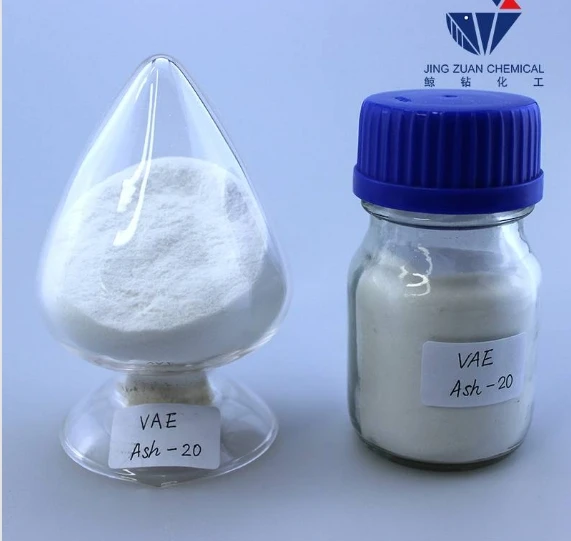
Nov . 11, 2024 15:35 Back to list
hpmc meaning
Understanding HPMC A Comprehensive Overview
Hydroxypropyl Methylcellulose (HPMC) is a versatile and widely used cellulose derivative that has garnered attention across various industries, particularly in pharmaceuticals, food, and construction. This article aims to explore the meaning and applications of HPMC, shedding light on why it is such a valuable compound.
What is HPMC?
HPMC is a semi-synthetic polymer derived from cellulose, the most abundant organic polymer on Earth. It is produced by modifying cellulose through the introduction of hydroxypropyl and methyl groups, which enhances its solubility and functionality. HPMC appears as a white powder and is odorless and tasteless, making it suitable for use in food and pharmaceutical products. Its composition can be adjusted by modifying the degree of methyl and hydroxypropyl substitution, which influences its solubility and viscosity.
Properties of HPMC
One of the most notable properties of HPMC is its water-retention capacity. It readily dissolves in cold or hot water, forming a gel-like consistency, which is crucial for various applications. Additionally, HPMC is known for its emulsifying, thickening, and stabilizing properties. This enables it to maintain texture and consistency in various formulations, whether in medications, food products, or construction materials.
Applications of HPMC
1. Pharmaceutical Industry HPMC is extensively used in the pharmaceutical sector as a binder, film-coating agent, and controlled-release agent. In tablet formulations, it helps maintain the integrity of the tablet during the manufacturing process and controls the release of active ingredients, ensuring a consistent therapeutic effect. Moreover, HPMC is often used in eye drops and other liquid formulations due to its viscosity and ability to provide a smooth texture.
hpmc meaning

2. Food Industry In the food industry, HPMC serves as a food additive, primarily for its thickening and stabilizing properties. It is found in products such as sauces, dressings, and baked goods, where it helps improve texture, enhance mouthfeel, and extend shelf life. HPMC is also a popular choice for gluten-free baking, providing structure to baked goods without the need for traditional gluten.
3. Construction Industry HPMC plays a significant role in the construction sector, particularly in the formulation of adhesives, mortars, and plasters. Its water-retaining properties enhance workability and improve adhesion, making it essential for tile adhesives, self-leveling compounds, and cement-based products. HPMC also aids in preventing cracking and improves overall durability.
4. Cosmetic Industry In cosmetics, HPMC is valued for its thickening and emulsifying properties. It is often used in creams, lotions, and gels, where it helps maintain the desired consistency and improves the overall feel of the product on the skin. Additionally, it acts as a stabilizer in products containing oils and water.
Safety and Regulatory Status
HPMC is generally recognized as safe (GRAS) by major regulatory agencies, including the U.S. Food and Drug Administration (FDA) and the European Food Safety Authority (EFSA). It has a low toxicity profile, making it suitable for use in a variety of applications without significant health risks. However, it is essential to adhere to recommended usages and concentrations to ensure safety and effectiveness.
Conclusion
Hydroxypropyl Methylcellulose (HPMC) is a multifunctional polymer that has found its way into numerous industries due to its unique properties and versatility. From pharmaceuticals and food products to construction materials and cosmetics, HPMC plays a crucial role in enhancing product performance and consumer satisfaction. As research continues to explore and expand the applications of this remarkable compound, HPMC is likely to remain a staple ingredient across various sectors, solidifying its importance in modern formulations and products. Understanding HPMC's meaning and utility can lead to innovative solutions and improvements in both existing and emerging products.
-
Versatile Hpmc Uses in Different Industries
NewsJun.19,2025
-
Redispersible Powder's Role in Enhancing Durability of Construction Products
NewsJun.19,2025
-
Hydroxyethyl Cellulose Applications Driving Green Industrial Processes
NewsJun.19,2025
-
Exploring Different Redispersible Polymer Powder
NewsJun.19,2025
-
Choosing the Right Mortar Bonding Agent
NewsJun.19,2025
-
Applications and Significance of China Hpmc in Modern Industries
NewsJun.19,2025







